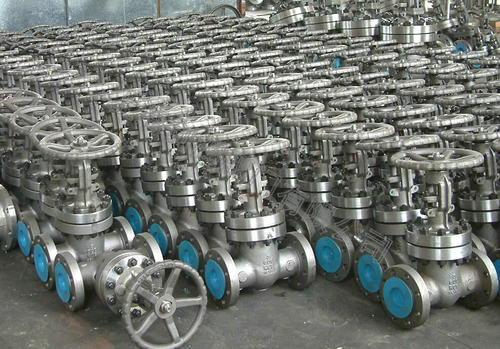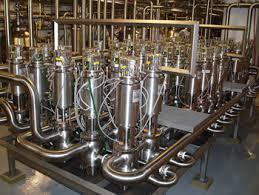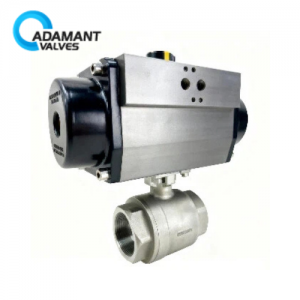How to Select Your Best-fit Sanitary Safety Valves

The Sanitary safety valve is a special branch of the valve family. It is special because it is different from other valves that only act as a switch, and more importantly, it plays a role in protecting the safety of the equipment. There are different model types of sanitary safety valves, and here is an instruction on the selection:

1. In hot water boilers, non-enclosed with a wrench micro open safety valve can be used.
2. In steam boilers or steam pipes, a non-enclosed wrench full open safety valve can be used.
3. In water and other liquid incompressible media, a closed micro-safety valve or safety relief valve can be used.
4. In the case of high-pressure water supply, closed-type micro-safety valves can be used, such as high-pressure water heaters, heat exchangers, and so on.
5. In the gas and other compressible media, such as gas tanks, gas pipelines, closed all-safety valves, etc. can be used.
6. In Class E steam boilers, deadweight safety valves can be used.
7. In large caliber and large displacement and high-pressure systems, such as temperature and pressure reduction devices, power plant boilers, and pulse safety valves can be selected.
8. In the delivery of liquefied gas train tanker, tank car, storage tank, and built-in safety valve can be used.
9. At the top of the tank, a hydraulic safety valve can be selected. It needs to be used with a breathing valve.
10. Pilot-operated safety valves may be selected for use in downhole drainage or natural gas pipelines.
11. A safety return valve may be used on the liquid return line at the LPG tank pump outlet.
12. In negative pressure or during operation that may produce negative pressure in the system, a vacuum negative pressure safety valve can be used.
Bellows safety valves are available for use in container or piping systems where the backpressure is very variable and toxic and flammable.
14. Insulation jacketed safety valves may be used in systems where the media have a low freezing point.




